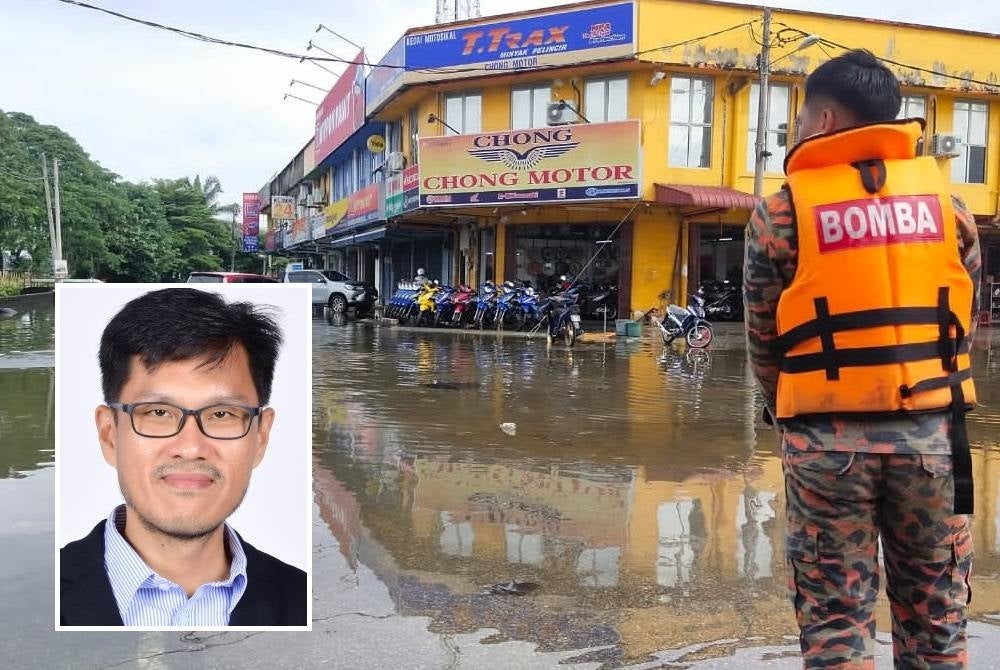Development without reservoir among the causes of flash flooding

Monitoring remained in conduct at the flood-affected areas of Meru despite the drop in water levels on Saturday. (Thumbnail: Oliver)
A
A
A
SHAH ALAM - Development problems and clogged drains in the Klang Valley area are among the causes of the flash flood disaster.
Town and Regional Planning Specialist, Associate Professor Dr Oliver Ling Hoon Leh said many previous developments were not equipped with reservoir systems due to development works before the implementation of the Eco-Friendly Drainage Manual (MSMA).
He said the developers would normally create reservoirs for new development areas, especially in places at risk of flooding.
"As we know, there are places where there are no reservoirs, especially in the old development areas.
"If this old development is built on higher ground, the water will go into the trenches, rivers and continue to flow into low-lying areas, when it rains.
"So, in the end, the low-lying area is at risk of flooding," he told Sinar Harian.
According to him, the drainage problem is caused by rubbish being thrown into the trenches deliberately or accidentally by the public, thus causing the drain to be easily clogged.
"When the trench is clogged, it will cause flooding. This flash flood occurs during heavy rains and is supported by clogged drainage maybe due to waste disposal or as a result of poorly managed construction activities, i.e. the soils may get stuck in drains or reduce the capacity of the drainage system to drain rainwater (runoff).
"For flash flooding, it may be within an hour or two but if the flood occurred longer such as Taman Sri Muda, Section 25, it is most likely due to extensive development in the river basin whether in high, medium-high or lowland.
"Most of the Klang Valley or Kuala Lumpur has been developed, so even the green forests or hills are depleting. Green forest or hill areas are important to store rainwater and reduce the risk of flooding," he said.
In the meantime, Hoon Leh said, the parties need to do more in-depth research in terms of implementation and measures that can be taken to address the issue of flooding in the Klang Valley and Kuala Lumpur areas, taking into account the mutual impact of development, not on individuals of the project or one city.
"That's the first suggestion. Second, if we really love the environment, these highlands and slopes can't be developed, we have to preserve them.
"The same goes for medium-high areas and hills. Redevelopment of low-quality or dilapidated areas ('brownfield development') is better than development on new land ('greenfield'),” he said.














